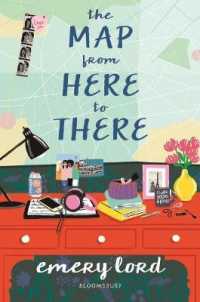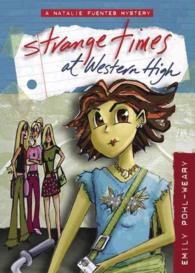- ホーム
- > 洋書
- > ドイツ書
- > Humanities, Arts & Music
- > History
- > miscellaneous
Full Description
This book examines how translation and other forms of intertextual exchange have contributed to the telling of British and international print and manuscript news. In its focus on the press from the seventeenth century until the 1960s, this contributed volume enhances our understanding of both the historical role and use of translation, as well as the interplay of reporting strategies of the same news topic in different domains, languages and geographical settings. The focus on translation and intertextuality reflects the need to understand historical news as a transnational, translingual, inter-genre phenomenon in which news writers and editors were constantly seeking out and adapting both the contents and language of other texts and publications for their own journalistic purposes. Its contributors cover manuscript news and Italian avvisi, print newssheets, propaganda pamphlets and state-run newspapers, dailies, weeklies, magazines, and the specialised press, in settings that bring new insights to the transnational and comparative histories of both British and international news domains.
Contents
Ch 1: Contextualising news translation and intertextuality in a historical perspective.- Section I: Early Modern Translation and Intertextualities: News on war and conflict.- Ch 2: Language and translation in the early English and French press (1620-1649).- Ch 3: News discourse in a crisis: Seventeenth-century stories in a comparative perspective.- Ch 4: Privateering in English and French news: Public opinion and war, 1688-1697.- Section II: Late Modern Cultural Intertextualities: News from Britain, Europe and America.- Ch 5: A lady of distinction and a fair infidel: Comparing British, Polish and German news on Hester Stanhope (1810s-1840s).- Ch 6: (Re)defining women's role in the early eighteenth century: An analysis of Letters to the Editor in English and colonial American weeklies (1720-1740).- Ch 7: The language of Punch cartoons. Satire and intertextuality in the portrayal of the Irish.- Ch 8: Evolving quotation practices as a result of evolving journalistic practices. How the Wiener Zeitung quoted The Times (1850-1900).- Section III: Twentieth century: Competing stories on genocide, civil war, WWII and its survivors.- Ch 9: "Facts only have been dealt with". Comparing linguistic strategies in The Treatment of Armenians and in Letters to the Editor.- Ch 10: "...a long journey through the valley of the shadow...": A comparison of Irish and British news discourse on the Irish Civil War.- Ch 11: A comparative analysis of English-to-Persian translated news discourse in the coverage of two newspapers during World War II.- Ch 12: "A plague from the east?": The discursive construction of Jews in Polish and American dailies between 1945 and 1965.







